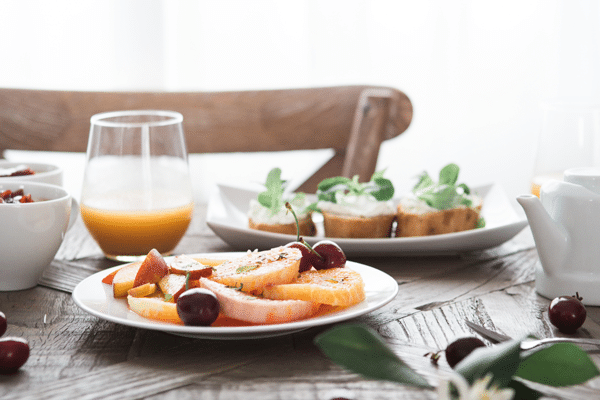
Routine, routine, routine: this is the key to decreasing your migraine pain. Consistent meals and meal times throughout the day are one of the most important routines you can establish for reducing migraine frequency and pain.
How Skipping Meals Affects Migraines, and What To Do About It
The break in routine from skipping a meal can cause a migraine.
Skipping a meal as a trigger, really?
Over 5 thousand Migraine Insight users have tracked ‘skipped meal’ as a trigger. About a third who tracked this show a result where meal skipping is one of their strongest migraine triggers.
Hypoglycemia, or low blood sugar levels, can occur in healthy people when their bodies aren’t getting consistent energy. We get energy from food. When our meals are sporadic, our bodies can’t regulate our energy levels, and our blood sugar drops. A known common symptom of low blood sugar? Headaches. Even a regular low blood sugar headache is a pain in the butt (well, head!). But, any headache can also trigger a migraine, too.
Waking up with a migraine could be caused by low blood sugar
Hard to believe. But, yes, low blood sugar can be a factor in morning migraines according to several clinical trials. While your body knows how to power down during sleep and not expect as much food, your blood sugar can still drop low enough to cause morning migraines.
Everyone is different. But, some headache specialists recommend having a high-glycemic snack before bed, such as breakfast cereal or a baked potato. Just call it your bedtime potato.
